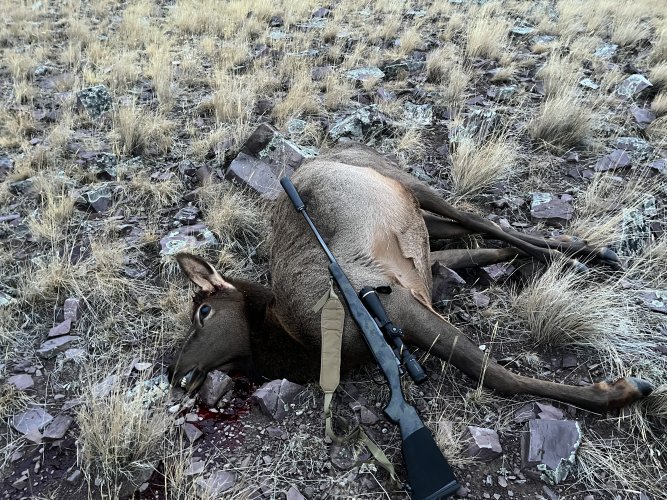Forkyfinder
Well-known member
- Joined
- Dec 13, 2023
- Messages
- 5,221
Good discussion guys. One observation I have about late season hunts is that I think a lot of hunters perceive of them as “easy” hunts and don’t actually have the skill required to be lethal when the situation calls for it.
I am of the opinion that a lot of the hunters signing up for “easy meat” damage hunts aren’t representative of the quality of hunters who are able to be successful in general seasons.
I personally have never signed up for a late season damage hunt. Mainly, because it isn’t my preferred style of hunting and by the time late season rolls around I have either filled my freezer and don’t need more meat or I have made peace with the critters for the year and am happy to leave them alone until the following year.
I’m personally of the opinion that if I were a landowner with an elk problem ( I am not), I’d let hunters help me with controlling the numbers but it would only be people whom I know to be good hunters and would trust to respect my property who I would be calling rather than random strangers of unknown skill and character.
Ive never been selected. Ive signed up twice, in total, i think. The comment about generalizing hunters who sign up for it is interesting to me. I personally find it strange that we can assign traits for an entire demographic based on 7-50 out of likely thousands who use it, and the near single digit land owners that have ever participated in the last 10 years. Who could you have possibly interacted with that gave you the evidence to draw that conclusion?
How many b tags should one person be able to buy? A long ways from infinite. Thats the relevant question.






